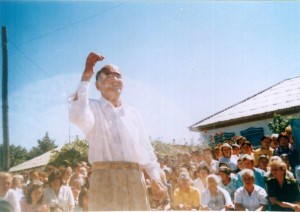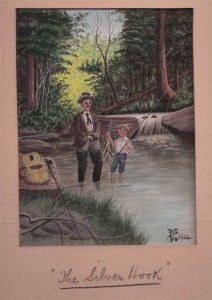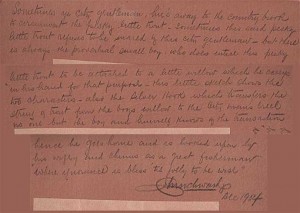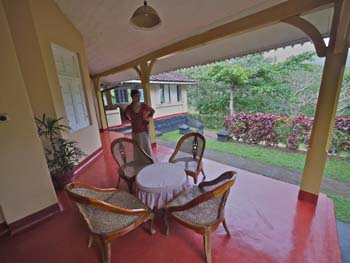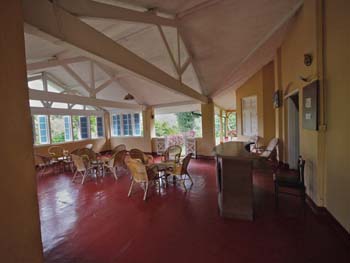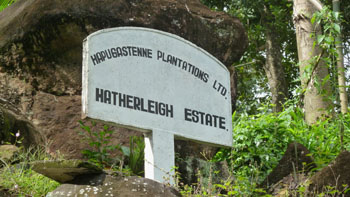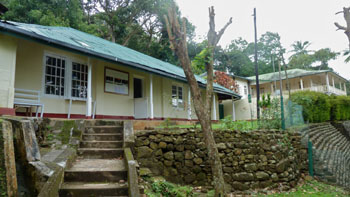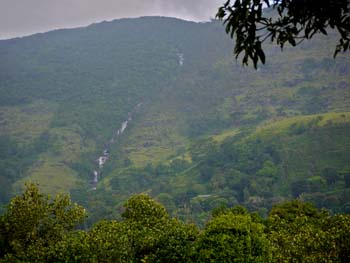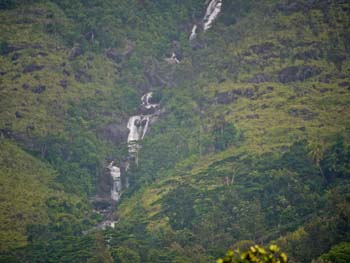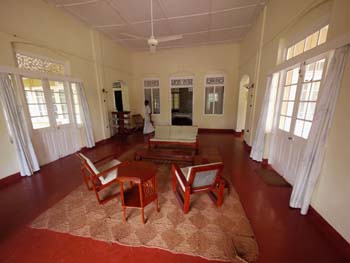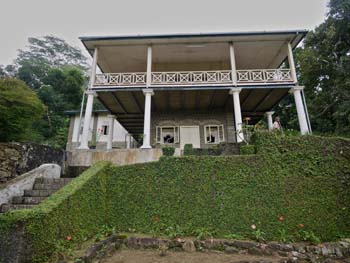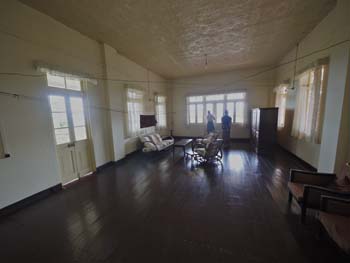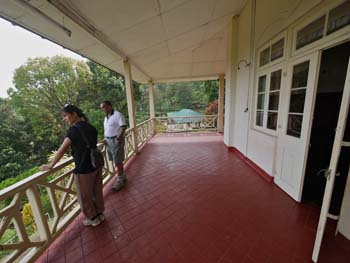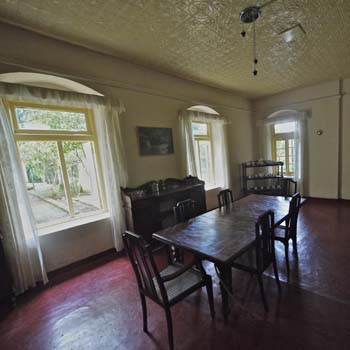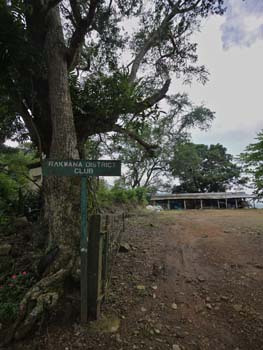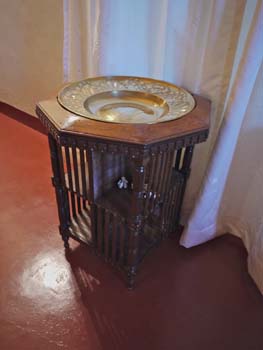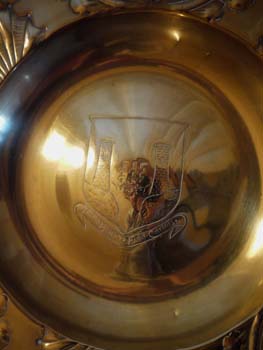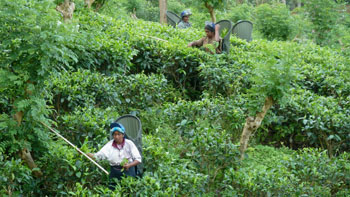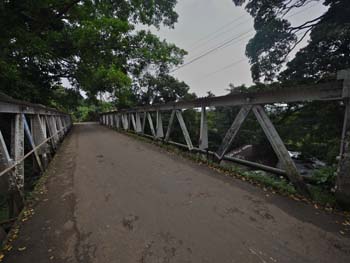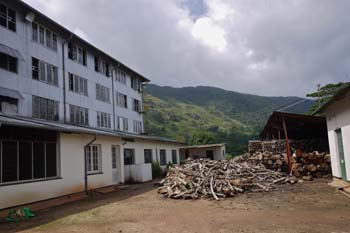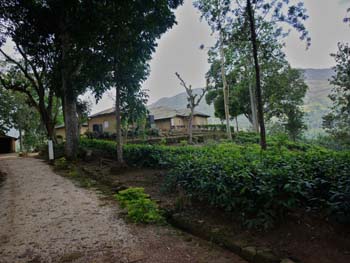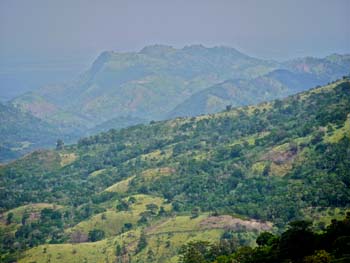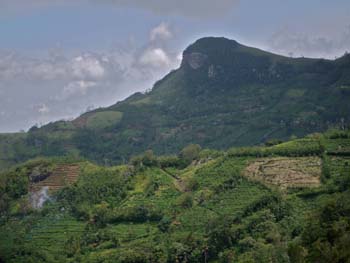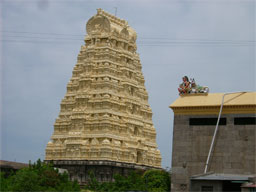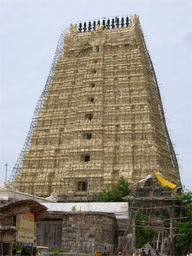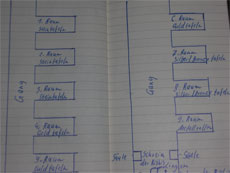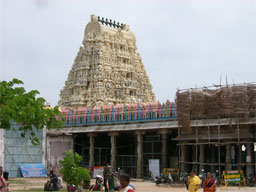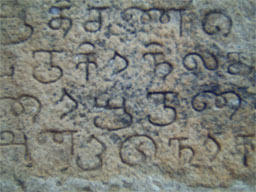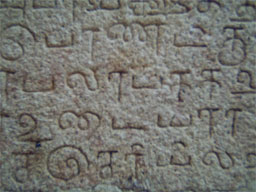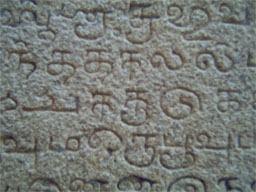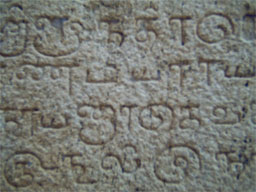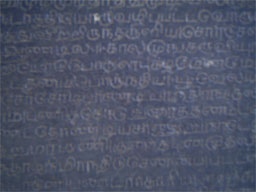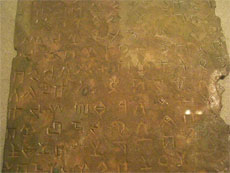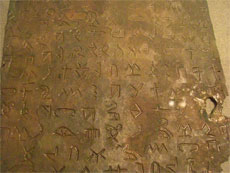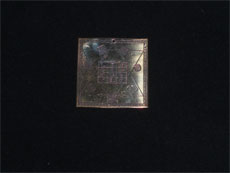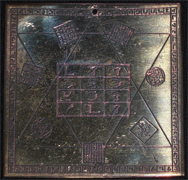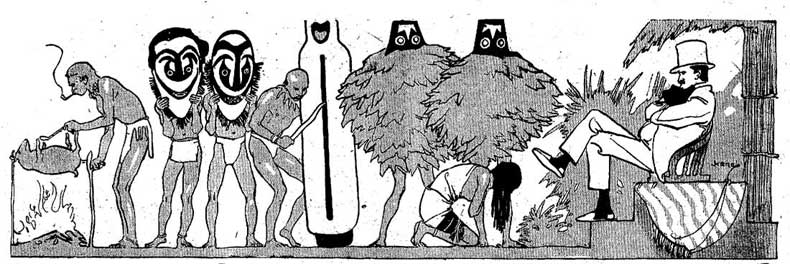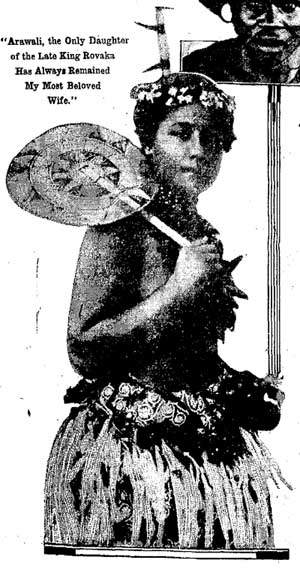Greetings
This has been another busy and exciting year at
My-Mu.com, your source for information on James Churchward and his theories of a lost Pacific Ocean continent that he called Mu.
Let's discuss old business first.
1. The 2010 visit by Radik Kurbanov, an ethnic Uyghur from Kazakhstan and proponent of the Central Asian healing system known as Elle Ayat was finally covered in a
February podcast. Follow-up
materials were placed online in the My-Mu.com blog.
2. Response to our request for participation in a Great Uighur Empire conference was less than mediocre and the conference was not held.
3. There was a follow-up to last year's announcement of the discovery of the Naacal Tablets. My great-grandfather, James Churchward reported that he found the Naacal tablets in India in the 1860s and derived many of his theories from the information contained in them. A German gentleman announced that he had re-discovered them in India. We received and
posted alleged images of his discovery only to find out that they were not even from India. The tablets in the images are currently on display in a Beirut, Lebanon museum and are not connected with India or the Naacal Tablets. Unless further, substantiated evidence is provided, it has to be labeled a
hoax. Every remarkable discovery or revelation has to pass remarkable tests to verify its authenticity.
4. Although the my-mu.com forum was restarted last year to permit a discussion of the Naacal Tablets discovery, it has been removed permanently due to suspicious activity.
5. My new book, "
Lifting the Veil on the Lost Continent of Mu Motherland of Men", announced in previous podcasts, was published earlier this year. This is the definitive edition of the 1926 classic and includes 170 new footnotes, an appendix on the Persons of Interest, an appendix on the Printed works and an index.
For new business, we were very happy to receive images from a traveler to Sri Lanka that visited the tea plantation that James owned and worked back in the 1860s. The very paths that James walked and the beautiful views of the countryside were an exciting glimpse into his world. These
pictures were also published on our blog.
We were also very happy to receive one of James' paintings in the mail from the family of one of his patrons. Originally created in 1904, the painting, as well as the story about the painting on the back, was also
published in the blog and is entitled 'The Silver Hook.' James was a fisherman as well as having a gift for painting.
Another contributor, historian Yannis Deliyannis, has provided invaluable historical information on my great-grandfather, James. Mr. Deliyannis has added a depth to the research that expands the horizons and promotes a better understanding of the real James Churchward. This was apparent when the real information about
Princess Arawalli was discovered and posted in the My-Mu.com blog. Further research on James' time in Ceylon and his recreational writings are on deck from information supplied by Mr. Deliyannis.
At the end of May, I appeared on Dolores Canon's 'Metaphysical Hour' internet radio show to
speak about my research and the release of my upcoming book.
In June, I attended the 2011 Awakening to Higher Consciousness Transformation Conference in Rogers Arkansas and gave a presentation entitled, "
My Mu: the Search for Truth."
In October, I was a guest on the Kevin Smith radio show and we
discussed my great-grandfather James Churchward, his theories and my new book.
Each of these were recorded and can be accessed from the website at
ltv1.my-mu.com along with some other entertaining videos.
Speaking of videos, this year's podcasts covered the
Non-discovery of the Naacal Tablets, my
June speech, and an interview with ancient alien expert Philip Coppens entitled, strangely enough, "
Ancient Aliens and James Churchward."
I was a panel member in early November on the webinar entitled, "Human Annunaki Origins - What Lies Ahead For The Human Race" and hope to have a video available soon.
Our bookstore has been completely renovated and we hope to add some new documents in the near future. Please check out the
bookstore at my-mu.com.
Thanks for listening and have a great day.
The podcast video can be accessed at:
Podcast #28
